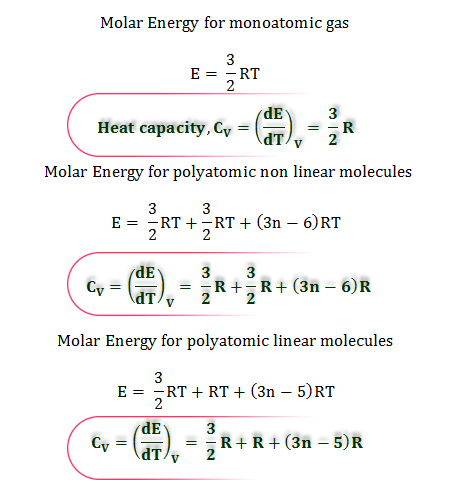


We can determine gas density from the figure below, knowing reservoir pressure, reservoir temperature, gas compressibility factor, and apparent molecular weight.Īccording to Gerhardt-Owens (1970), average natural gas estimated by Stephens and Spencer is considered to be 84.3% methane, 14.4% ethane, 0.5% carbon dioxide, and 0.8% nitrogen. Figure 5-9 uses values determined for Figure 1 Determining subsurface gas density If z is not known, use the figure below to determine it from the pseudoreduced temperature and pressure determined from Figure 5-8. The gas compressibility factor, z, for the gas reservoir of interest may already be known because it was measured. Molecular weight of propane (C 3H 8) = 36 + 8 = 44.Molecular weight of ethane (C 2H 6) = 24 + 6 = 30.Molecular weight of methane ( CH choke 4) = 12 + 4 = 16.Composition = 50% methane, 25% ethane, 25% propane.To practice, use these values for a gas mixture: MW muddy water x = molecular weight of a component of the mixture.MF x = mole fraction of a component of the mixture.MW muddy water app = apparent molecular weight of the gas mixture.The apparent molecular weight of a gas mixture is equal to Estimate gas pressure gradient using the following formula:.Using information obtained from steps 2, 3, and 4, estimate gas density from Figure 3.If not already known, estimate compressibility factor, z, from Figure 2.Read pseudoreduced temperature and pressure from Figure 1.Determine the apparent molecular weight of the gas mixture.If no data on gas composition or formation temperature are available, estimate gas density from the average gas chart ( Figure 4) and go to Step 6.If data are available on gas composition and formation temperature go to step 2.įollow this procedure to estimate the gas pressure gradient of a gas reservoir or potential gas reservoir. The kinetic energy of a body rotating at 300 revolutions per minute is 62.8 J.Figure 4 Average gas chart.The angle between the linear momentum and angular momentum of a particle in circular motion is…?.A planet is revolving around the Sun as shown in the figure.This can be explain by the law of conservation of? A moving cycle can be easily balanced.A 5000 kg rocket is set for vertical firing.An athlete throws a discus from rest to a final angular velocity of 15 rads −1 in 0.270s before…?.A boat crosses a river from port A to port B, which are just on the opposite side.A particle moves along a circle of radius r with constant tangential acceleration…?.A flywheel at rest is to reach an angular velocity of 24 rad/s in 8 second with constant.A ceiling fan rotates about its own axis with some angular velocity.A body is travelling in a circle at a constant speed.A body is projected with a speed 'u’ at an angle ′θ′ with the horizontal.In non uniform circular motion, the ratio of tangential to radial acceleration is…?.A 10kg body hangs at rest from a rope wrapped around a cylinder of 0.2 m in diameter…?.Two spheres P and Q, each of mass 200g are attached to a string of length one metre…?.The propulsion of a rocket is based on the principle of conservation of?.If the moment of inertia (I) of a mass (m) body around an axis is represented as: I = Mk 2.The SI unit of moment of inertia is: kg.m 2.Moment of inertia units are of 2 types – Area moment of inertia and mass moment of inertia.

It mainly depends on the distribution of mass around an axis of rotation. Moment of inertia is usually specified with respect to a chosen axis of rotation.The mass of the body, as well as its distribution with respect to the rotating axis, determines the moment of inertia.Moment of inertia (I) is primarily determined by the mass distribution throughout the body in relation to the axis of rotation.We get a Dimensional formula for the moment of inertia= M 1 L 2 T 0 by swapping these variables in the equation above. Now, the Dimensional Formula of Mass = (M 1L 0T 0)ĭimensional Formula of Radius of Gyration = (M 0L 1T 0) Moment of Inertia = Mass x (Radius of Gyration) 2 The mass product and the square of the spinning radius are used to determine the moment of inertia. Rotational axis (distribution of mass relative to the axis).The following are the factors that determine the moment of inertia: It defines the radial range from a particular axis of rotation at which the body's total mass can be considered to be concentrated and rotational inertia maintains equality.Ī solid sphere's gyration radius around its axis is: Mk 2 = 2MR 2/5, or k = \(\sqrt\)× R If the moment of inertia (I) of a mass (m) body around an axis is represented as: I = Mk 2. The radius of gyration of the body about the given axis is denoted by 'k'.


 0 kommentar(er)
0 kommentar(er)
